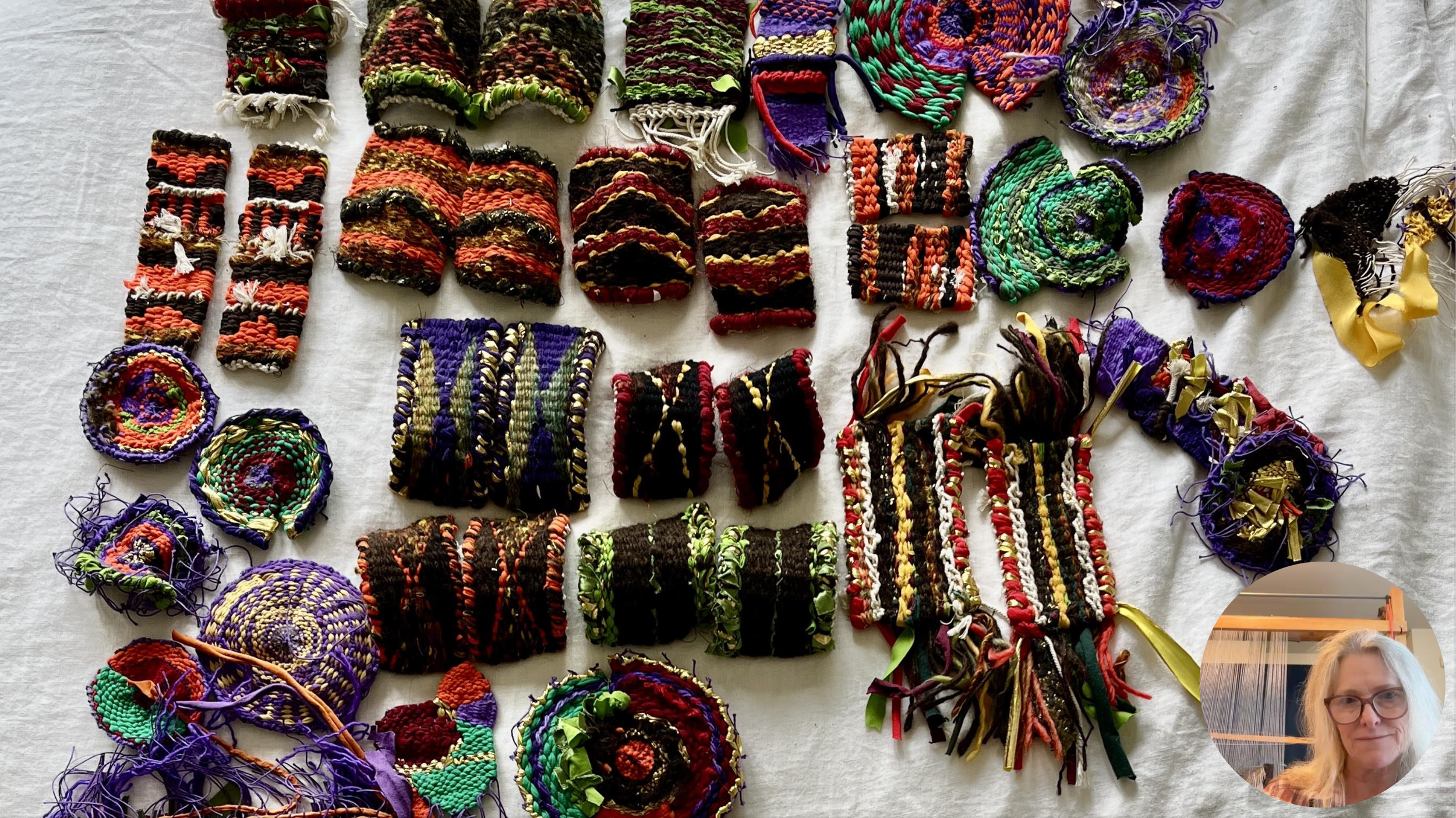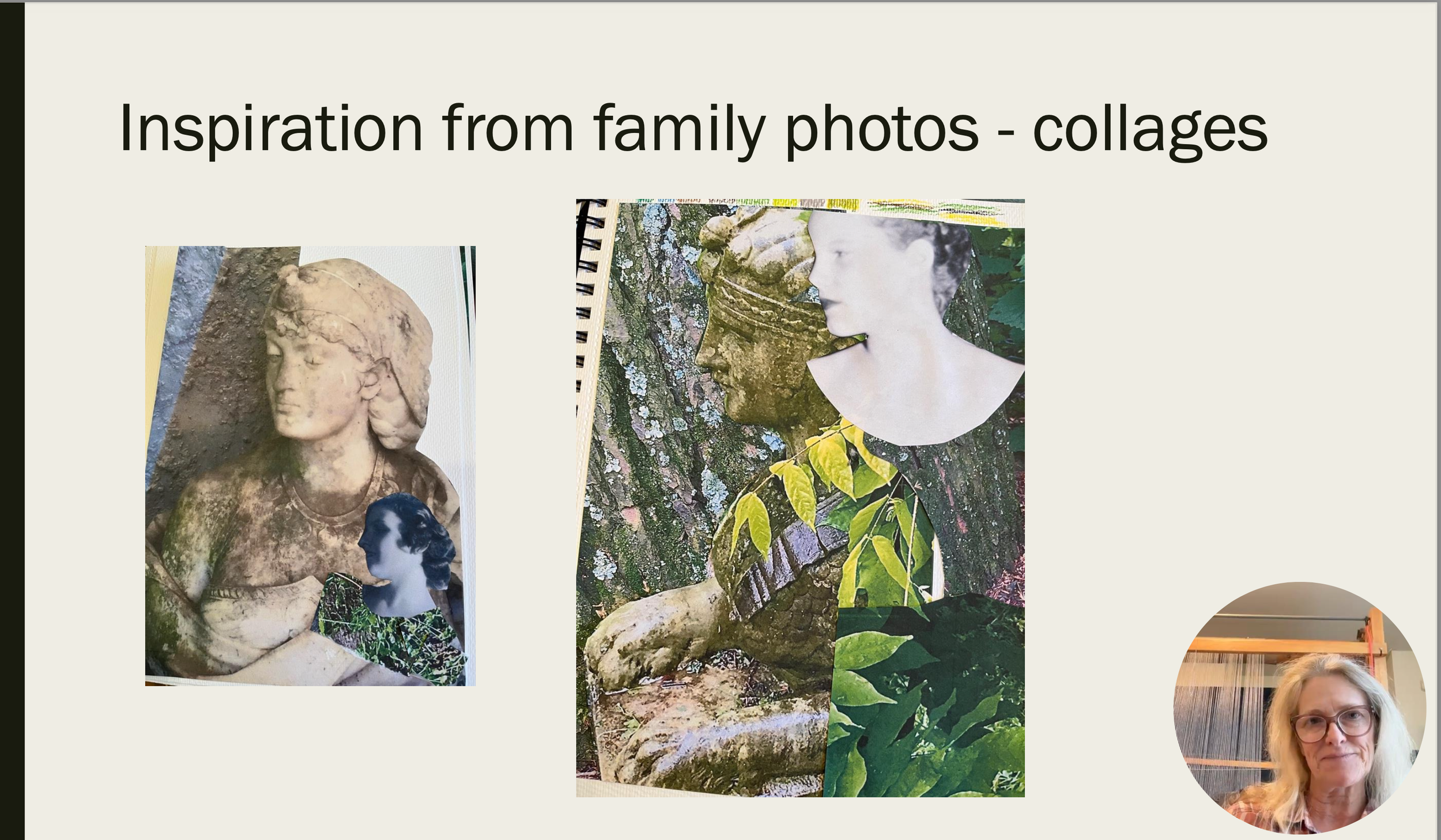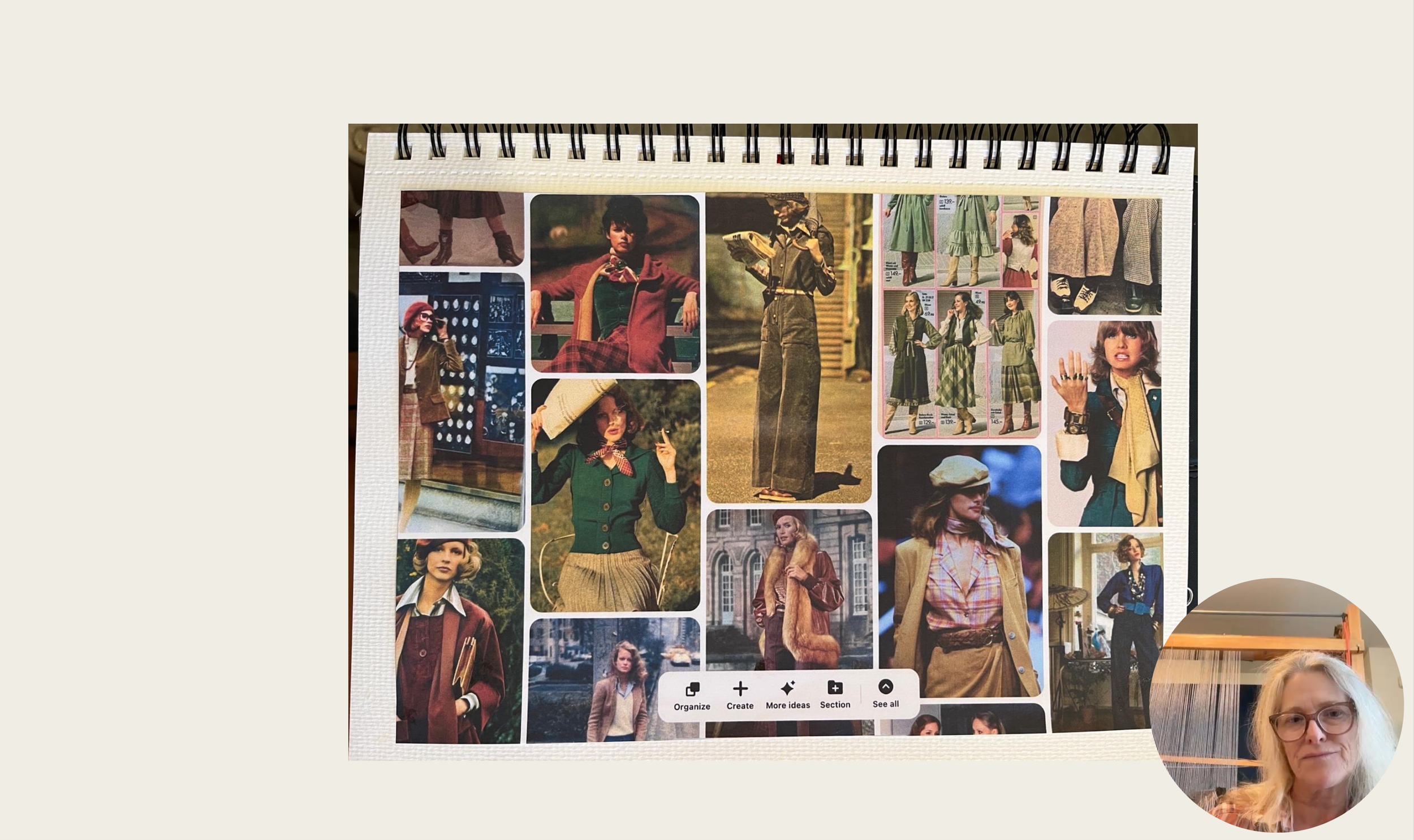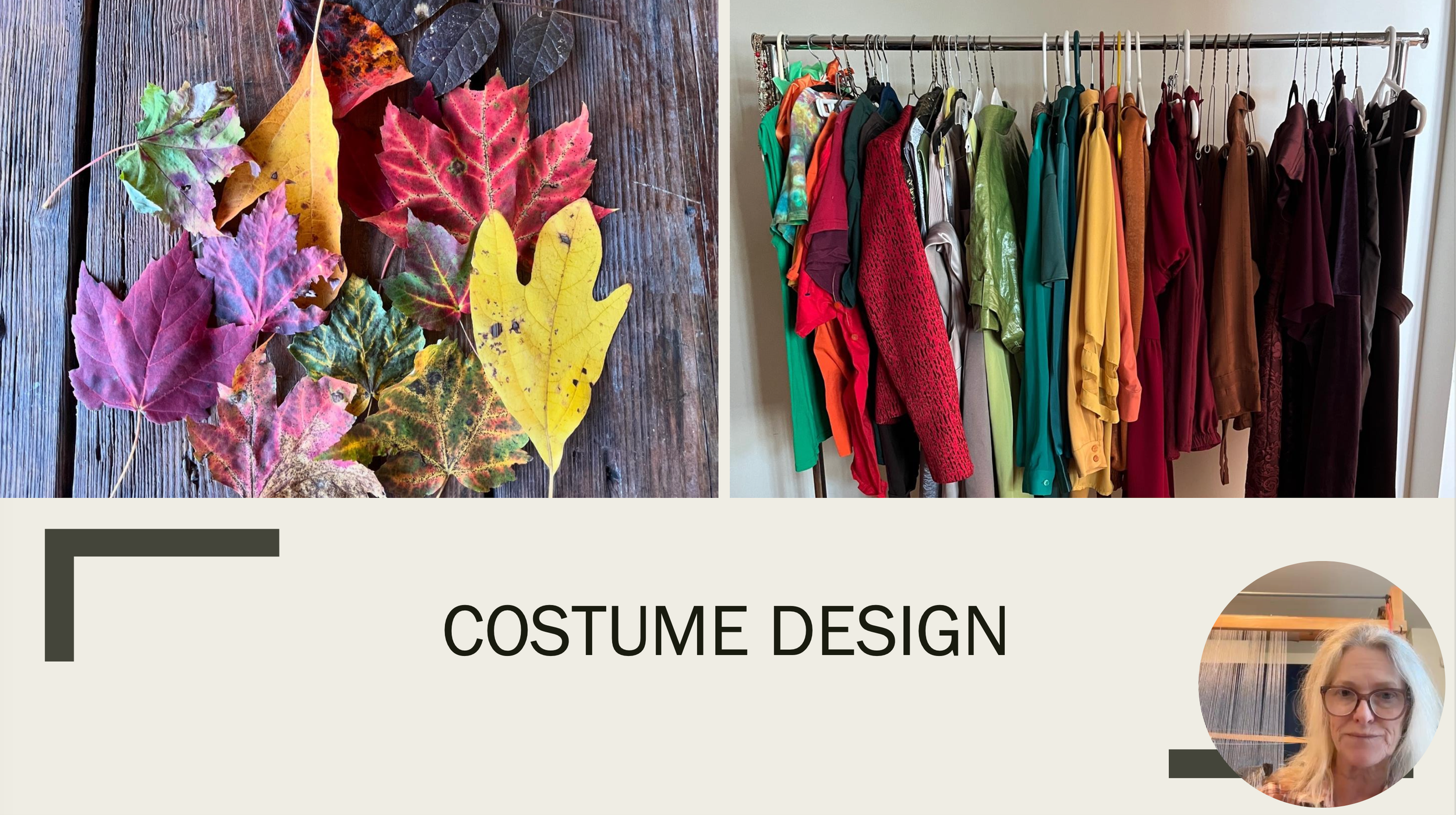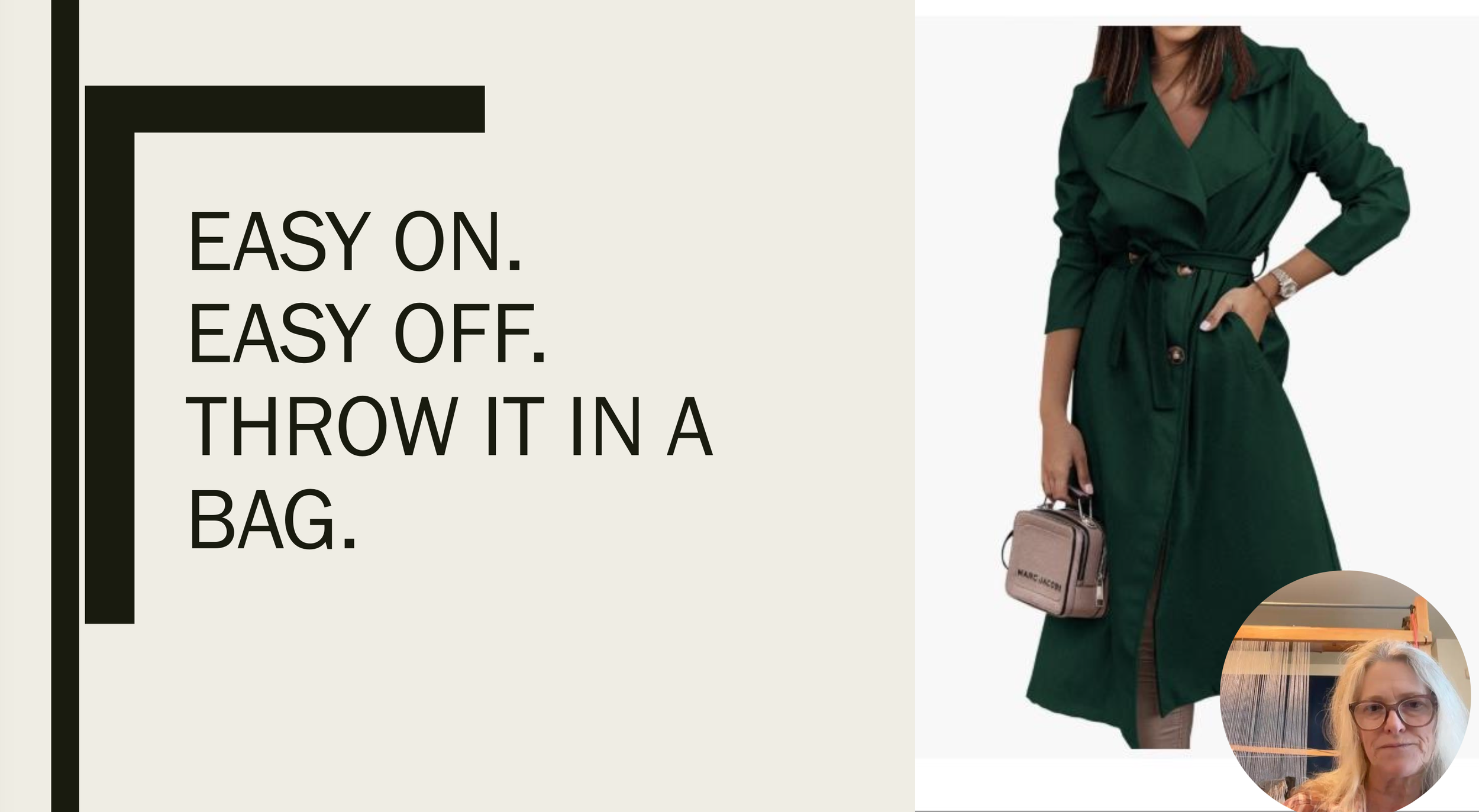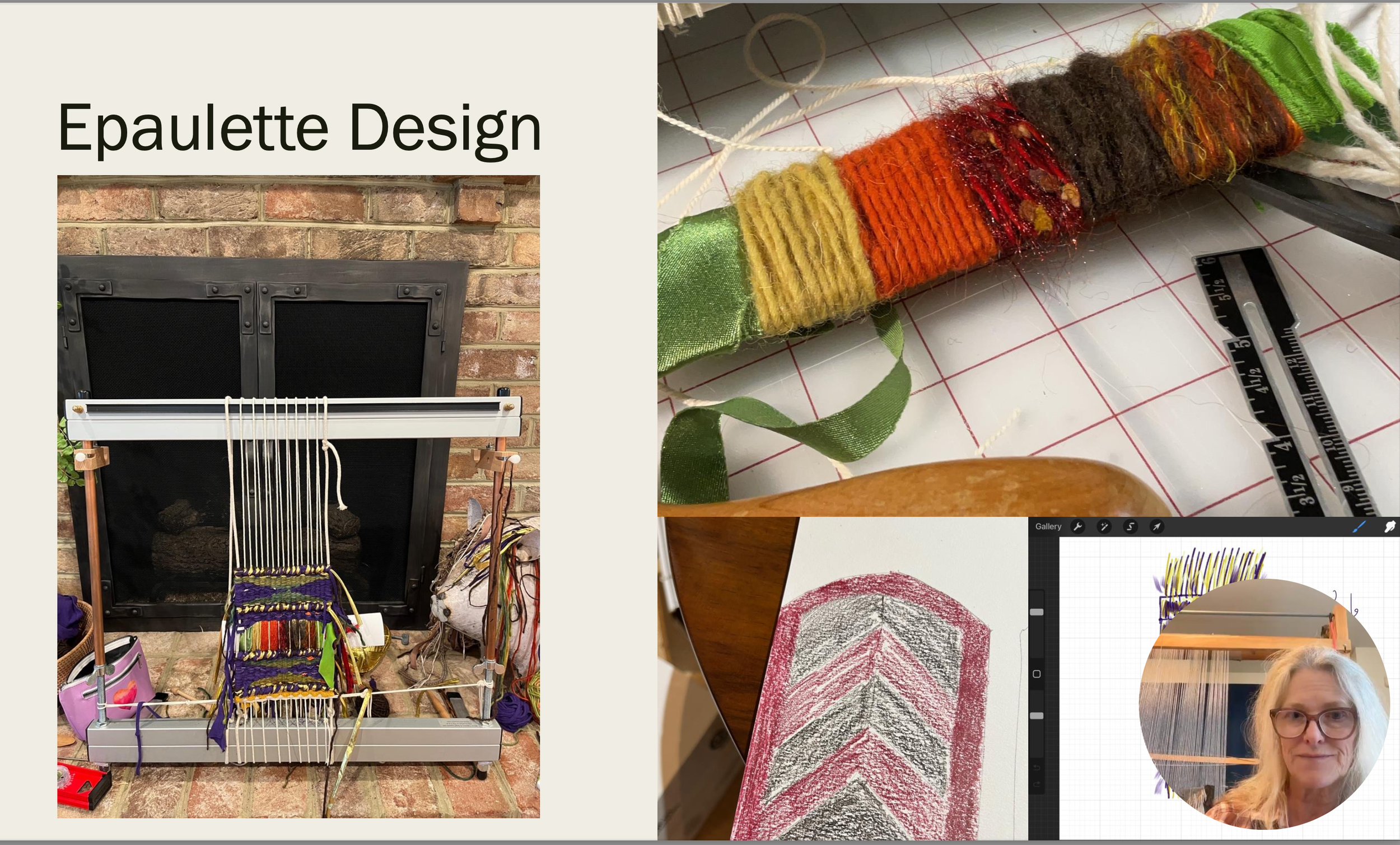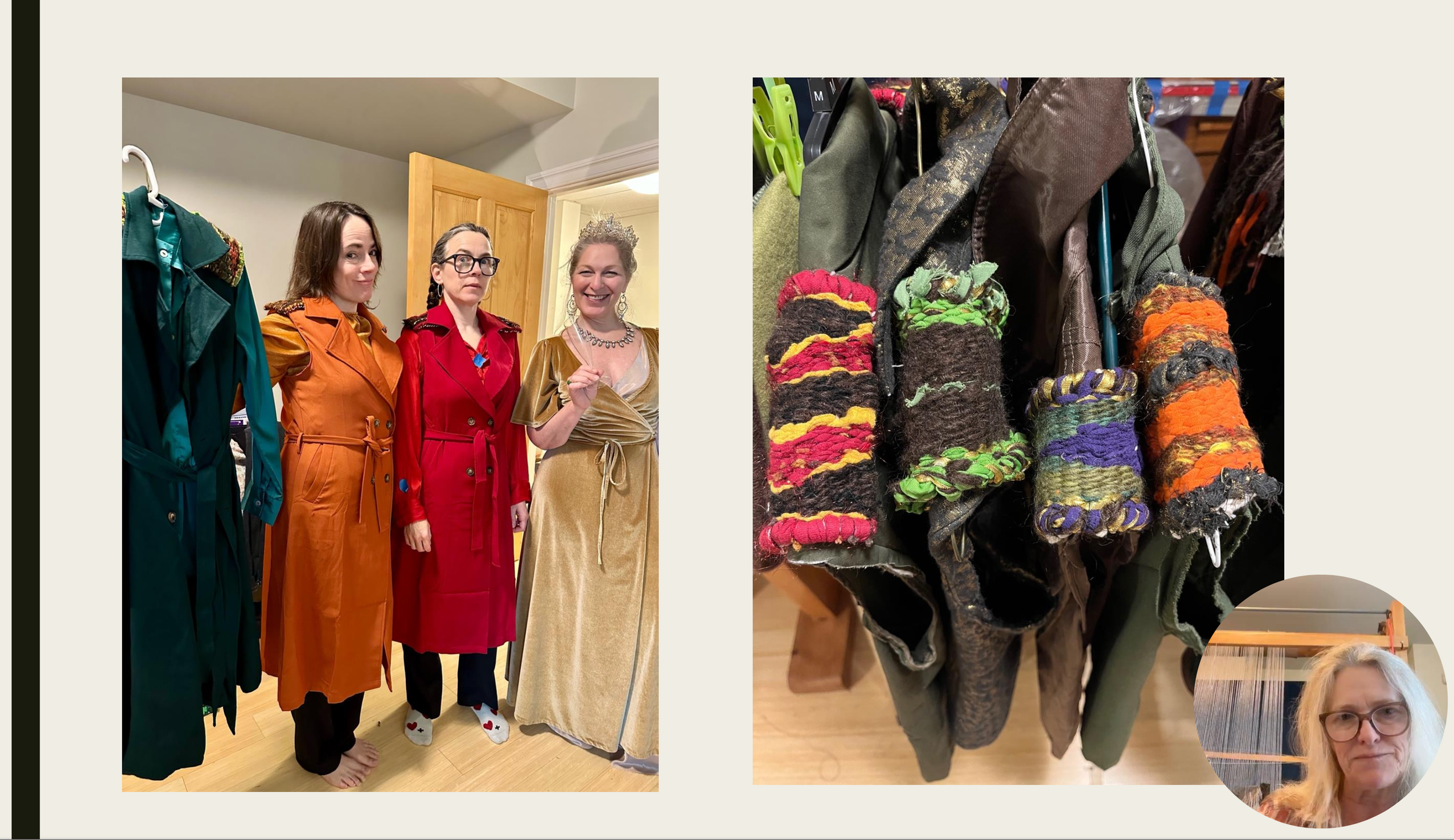Queen Lear
Queen Lear
Camilyn K. Leone
Tapestry Artist
Crozet, Virginia
For many years, my family raised Navajo Churro sheep in Crozet. We sold grass-fed, all natural lamb. We sheared the sheep and ended up with bags of wool everywhere. To sell the wool, I learned to process, spin, and eventually to weave. I’ve always valued doing things as naturally as possible and learning the most environmentally sound methods of turning fleece into yarn. I love the rugs form Navajo Churro sheep wool made by Dine weavers in the Navajo Nation
Eight years ago, I took my first tapestry weaving course with Joan Griffin, a tapestry artist based in Charlottesville, Virginia. Once I finished Joan’s course, I did everything that I could to learn the techniques used by Dine weavers. Turns out the Dine weavers use the similar techniques as the most famous European tapestry weavers.
Two years ago, I started a tapestry weaving diploma from West Dean College near Chichester, England. During the course of my tapestry studies, I became interested in weaving with recycled clothing and my own hand-spun Navajo Churro wool. Global fast-fashion creates more waste and adverse environmental impact than any other industry. What if discarded clothing could become art? To answer that question, I began collecting old wedding dresses and turning them into tapestry. Who was the bride? Why did she buy this dress? Was she happy her marriage? Why did she or someone else give the dress to a charity shop? These are questions that become part of my design process.
I met with Kate Bennis and learned about her goal of playing Queen Lear. Thirty years ago, I saw a production of King Lear at the New Vic in London. Kathryn Hunter played the role of King Lear. Her performance as the ill-fated King fascinated me. She was brilliant as a decrepit old man losing his mind, but I always wondered why she never played Lear as a woman. I was immediately fascinated that we would finally see an aging woman embody Shakespeare’s Lear. I shared my idea of weaving costume elements from recycled clothing. We discussed how clothes hold memories, represent identity, and symbolize ambition. What if woven costume elements were made from the character’s old clothes?
I designed costumes, purchased pre-owned clothing with the characters in mind, and began weaving. The result is a several sets of woven epaulets and emblems. The colors and materials symbolize the ambitions and relationships of the characters. The palette is autumn leaves, a time of year that is bittersweet for the resplendent harvest and the coming gloomy winter. Red and orange for Regan and Goneril. Green for Cordelia. Gold and Purple for Queen Lear. You also see a lot of brown yarn which comes from my flock of sheep. It’s my goal to reference the characters’ relationship to the land with this natural brown yarn.
I hope that the story of Queen Lear inspires you to consider the threads of the past, present and future. Perhaps my weaving for Queen Lear can became a small tactile reminder to heed Shakespeare’s advice to see what is real, and that truth should triumph over flattery and deceit.
